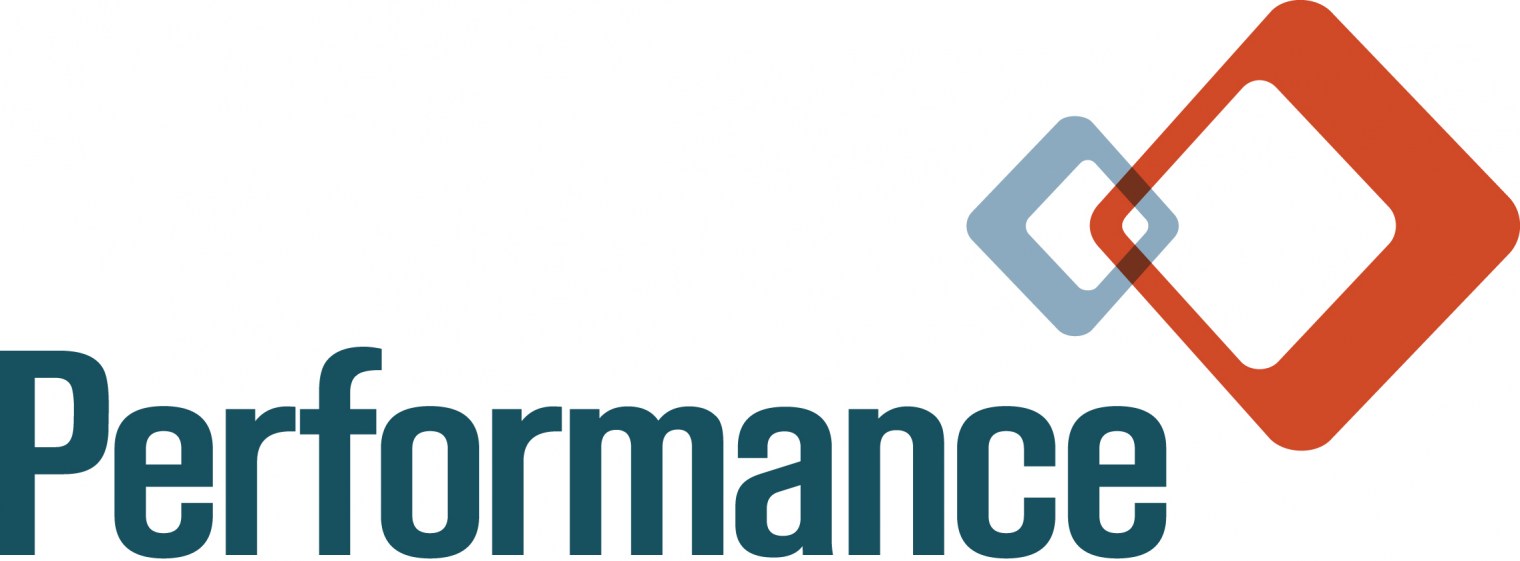ARP4754[A] Compliance: demonstrating subsystem compliance to the Development Assurance Level
The ARP4754 standard addresses the systems engineering aspects of aircraft certification including systems requirements, validation, systems design and verification. It is supported by RTCA DO-178, which specifies objectives for flight software certification and RTCA DO-254, which specifies objectives for flight hardware certification. It is intended to be used in conjunction with SAE ARP4761, which describes the system safety process. ARP4754[A], released in 2010, is a substantial rewrite of the document that describes safety as part of an Integrated Development Process. A significant new section is devoted to the process of determining Development Assurance Level (DAL), determining the rigor of complex hardware and software development and verification activities.
Satisfying the objectives of standards such as ARP4754[A], DO-178, and DO-254 can be time-consuming and expensive because it requires rigorous and well-documented verification.
ARP4754[A] role in development phase
The role of the aircraft and systems development process is the hub of process activity for the development phase. The Aircraft and Systems development process interfaces with the Systems Safety Process, the Integrated Modular Avionics Guidelines, the Electronic Hardware development Life-Cycle, and the Software development Life-Cycle. Following is a relationship diagram excerpt from ARP4754A.
ARP4754[A] process objectives and outputs
The objectives and outputs of the process activities are provided within the standards document. Appendix A of that document gives the applicability of these objectives for each Functional Development Assurance Level (FDAL):
- Planning Process
- Certification Plan
- Safety Program Plan
- Development Plan
- Validation Plan
- Verification Plan
- Configuration Management Plan
- Process Assurance Plan
- Aircraft and System Development Process and Requirements Capture
- List of Aircraft-level functions
- Aircraft-level Requirements
- System Requirements
- System Design Description
- Item Requirements
- Verification Summary
- Safety Assessment Process
- Aircraft FHA
- System FHA
- Preliminary Aircraft Safety Assessment
- Preliminary System Safety Analysis
- Particular Risk Assessment
- Common Mode Analysis
- Zonal Safety Analysis
- Aircraft Safety Assessment
- System Safety Assessment
- Independence requirements at Systems, HW, SW levels
- Requirements Validation Process
- Validation Results
- Validation Summary
- Validation Matrix
- Implementation Verification Process
- Verification Procedures
- Verification Results
- Verification Matrix
- Verification Summary
- Problem Reports
- Configuration Management Process
- CM Records
- Configuration Baseline Records
- Problem Reports CM Records
- Process Assurance Process
- Evidence of Process Assurance
- Certification and Regulatory Authority Coordination Process
- Certification Summary
- Configuration Index
Determining which artifacts are required for certification of the system or subsystem under development can seem daunting without guidance.
Planning process
The first objective is to define the activities of the development processes and integral processes of the development life cycle that will address the aircraft/system requirements, functional development assurance level(s) and item development assurance level(s). The outputs of the planning process can exist in various formats, including integrated schedules or formally released planning documents.
Integral processes
Integral Processes have multiple interactions with the Aircraft and Systems Process Activities. These include:
- Safety Assessment
- Development Assurance Level Assignment
- Requirements Capture
- Requirements Validation
- Implementation Verification
- Configuration Management
- Process Assurance
- Certification and Regulatory Authority Coordination
Aircraft and system development process and requirements capture
The process of the second objective is to define the system in a top-down fashion and establishing requirements imposed upon succeeding levels. Due to the highly complex and integrated nature of modern aircraft systems, the regulatory authorities have highlighted concerns about the possibility of development errors causing or contributing to aircraft Failure Conditions. To address these concerns, a methodology to mitigate development errors is required. This will result in various types of requirements for the Aircraft Function and Item. The process is iterative, since implementations and architectures yield derived requirements which are analyzed for impact to safety. While some companies struggle with requirements capture on the Aircraft, System, Function or Item level, Performance has developed substantial expertise in requirements capture from working with many companies with needs collectively on all levels.
Requirements validation process
This process of objective three is to ensure that the specified requirements are sufficiently correct and complete so that the product will meet the needs of customers, users, suppliers, maintainers and certification authorities and aircraft, system and item developers. It states: “Several methods may be needed to support validation. These methods include: traceability, analysis, modeling, test, similarity, and engineering review.” Performance has performed all of these validation methods for their customers.
Implementation verification process
The process of objective four is to ensure that the system implementation satisfies the validated requirements. Several methods may be needed to support verification. These methods include inspection or review, analysis, test or demonstration, and service experience. Performance means completion of all the former verification methods for their customers.
Other ARP4754[A] objectives
Often companies possess internal departments or groups already experienced in Safety Assessment, Configuration Management, Process Assurance, and Certification and Regulatory Authority Coordination. Performance supports compliance with these objectives by ensuring the accuracy and completeness of process activity data (e.g., Problem Report CM Records, evidence of adherence to Development Processes, and certification data).
Whether this is a conceptual to implementation program or a modification program to an existing aircraft system or subsystem, the artifacts to demonstrate compliance to the objectives of the standard must be identified and prepared. Do not leave creation of compliance documentation for certification to chance!
If you are interested in saving time, money, and resources while augmenting the domain expertise on your project teams, contact Performance today to discuss how we can meet your needs.


